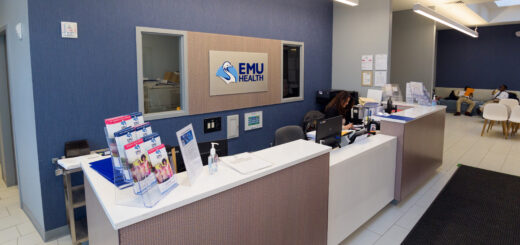ACLS First Aid: Effective Emergency Tips For FH Residents
Views: 167
The Importance Of Prompt Action In ACLS First Aid: Tips For Responding Quickly And Effectively In An Emergency
In emergency situations, every second counts. Whether it’s a heart attack, a stroke, or a traumatic injury, the quicker the response, the higher the chances of survival. Advanced Cardiac Life Support (ACLS) is a specialized form of first aid that is designed to provide critical care to patients suffering from life-threatening medical conditions. ACLS first aid is a complex and demanding process that requires quick and efficient action, as well as a deep understanding of the medical condition at hand. In this article, we will explore the importance of prompt action in ACLS first aid and provide tips for responding quickly and effectively in an emergency.
Understanding ACLS First Aid
ACLS first aid is a specialized form of first aid that is designed to provide critical care to patients suffering from life-threatening medical conditions. The aim of ACLS first aid is to stabilize the patient’s condition and prevent further deterioration while waiting for advanced medical care. Some of the conditions that require ACLS first aid include cardiac arrest, stroke, and traumatic injury.
The Importance of Prompt Action
Prompt action is crucial in ACLS first aid. In a life-threatening situation, every second counts, and delaying treatment can have serious consequences. The sooner ACLS first aid is administered, the higher the chances of survival. Prompt action can also prevent further damage to the patient’s body and reduce the risk of complications.
Tips for Responding Quickly and Effectively in an Emergency
- Call for help: The first step in responding to an emergency is to call for help. This could be calling an ambulance or activating the emergency response system in your workplace. The sooner you call for help, the sooner advanced medical care can arrive.
- Check for responsiveness: The second step is to check the patient’s responsiveness. If the patient is unresponsive, start administering ACLS first aid immediately. If the patient is responsive, assess their condition and determine if ACLS first aid is necessary.
- Perform CPR: Cardiopulmonary resuscitation (CPR) is a critical part of ACLS first aid. If the patient is not breathing or has no pulse, start performing CPR immediately. CPR can help maintain blood flow to the brain and other vital organs until advanced medical care arrives.
- Use an automated external defibrillator (AED): An automated external defibrillator (AED) is a device that can be used to shock the heart back into a normal rhythm. If the patient is experiencing cardiac arrest, use an AED immediately.
- Follow protocols: ACLS first aid protocols are designed to provide standardized care in emergency situations. Follow the protocols closely to ensure that the patient receives the best possible care.
Conclusion
ACLS first aid is a critical form of first aid that requires quick and efficient action. Prompt action can mean the difference between life and death in emergency situations. By following these tips for responding quickly and effectively in an emergency, you can help stabilize the patient’s condition and increase their chances of survival.
This Article Was Contributed With Help From:
Go CPR NY 6400 Saunders Street Rego Park, NY 11374 (718) 785-5559 https://www.gocprny.com




https://biotpharm.com/# Over the counter antibiotics for infection
kamagra livraison 24h: kamagra gel – kamagra livraison 24h
http://kampascher.com/# kamagra pas cher